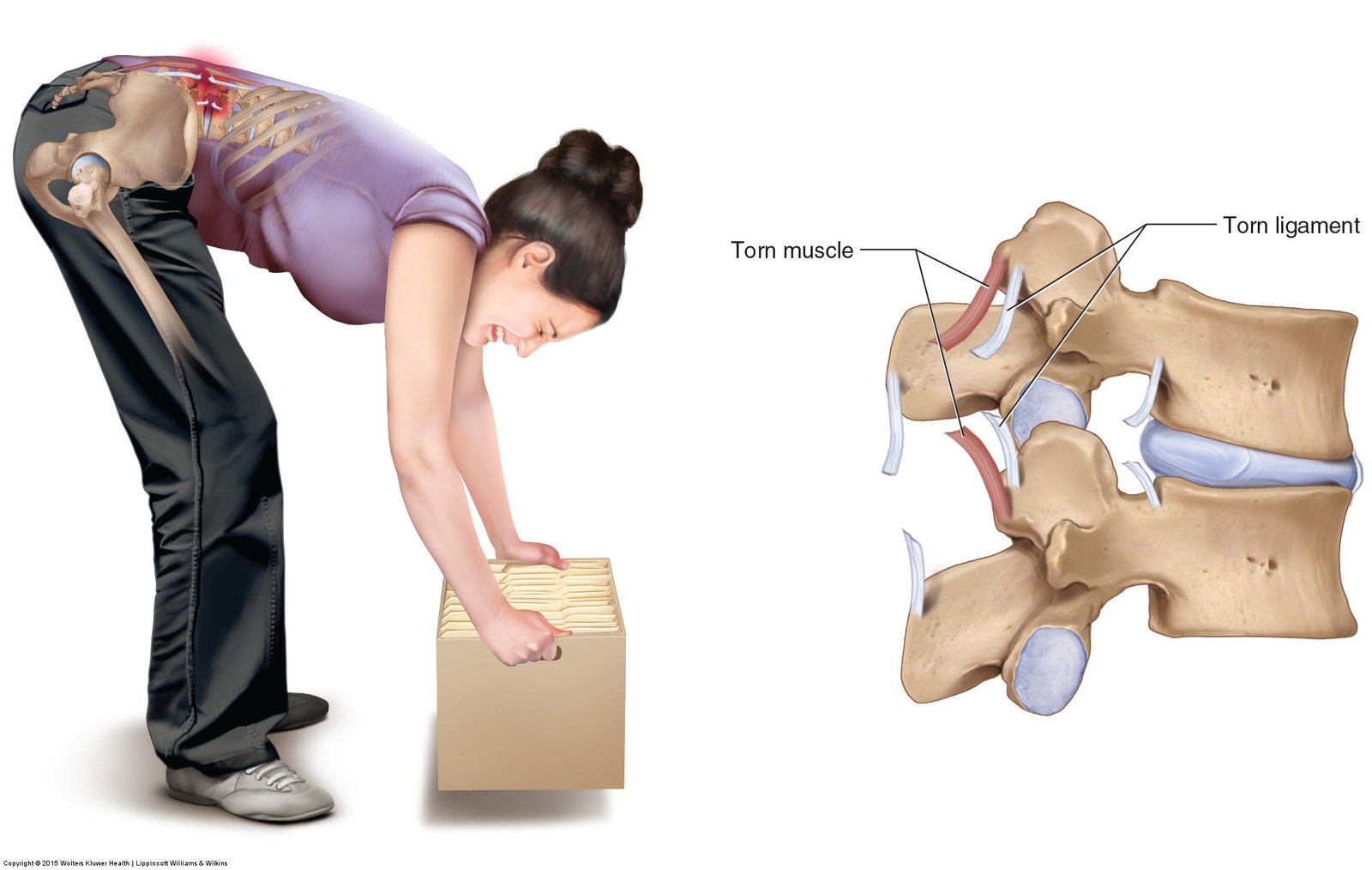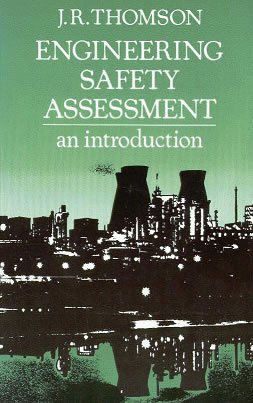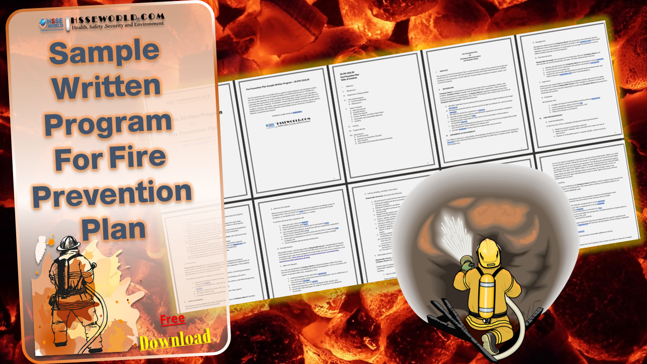Slips and trips are the most common cause of injury at work. On average, they cause 40 percent of all reported major injuries and can also lead to other types of serious accidents, for example, falls from height. Slips and trips are also the most reported injury to members of the public. The photo of today describes measures that employers may need to implement to help prevent slips and trips at work. It will also be useful to employees and their safety representatives. The solutions are often simple and low-cost.
Also, Read Photo of the day: 5 ways to reduce the risk of Slipping and Tripping(tab)

What does the law say?
The Health and Safety at Work etc Act 1974 (HSW Act) requires employers to ensure the health and safety of all employees and anyone who may be affected by their work, so far as is reasonably practicable. This includes taking steps to control slip and trip risks.
Employees have a duty not to put themselves or others in danger and must use any safety equipment provided.
The Management of Health and Safety at Work Regulations 1999 require employers to assess risks (including slip and trip risks) and, where necessary, take action to address them.
The Workplace (Health, Safety, and Welfare) Regulations 1992 require floors to be suitable, in good condition, and free from obstructions. People should be able to move around safely.
What can employers do to prevent slips and trips?
Risk assessment
You must manage the health and safety risks in your workplace. To do this you need to decide whether you are doing enough to prevent harm. This process is known as a risk assessment and it is something you are required by law to carry out.
A risk assessment is not about creating huge amounts of paperwork, but rather about taking sensible measures to control the risks in your workplace, for example, using doormats to stop rainwater from being tracked in and making the floor slippery.
Also, you can read: Photo of the day: You can prevent workplace Falls(
You are probably already taking steps to protect your employees, but your risk assessment will tell you whether you should be doing more. Consider what risks in your workplace may lead to slip or trip injuries, and decide what suitable and effective control measures will prevent these types of accidents.
You then need to put these control measures into practice. Concentrate on the real risks those that are most likely to cause harm. Think about how accidents could happen and who might be harmed. You can do this by:
- asking your employees what they think the hazards are, as they may notice things that are not obvious to you and may have some good ideas on how to control the risks;
- referring to the ‘Practical steps to prevent slips and trips accidents’ below.
In many instances, straightforward measures can readily control risks, for example ensuring spillages are cleaned up promptly so people do not slip.
Make a record of your significant findings and what you have in place to prevent them. If you have fewer than five employees you don’t have to write anything down but it is good practice to keep a record.
Few workplaces stay the same, so it makes sense to review what you are doing on an ongoing basis.
More guidance on risk assessment can be found in E-Books: System Safety Engineering and Risk Assessment
Managing health and safety
A good management system will help you identify problem areas, decide what to do, act on decisions made and check that the steps taken have been effective.
Guidance on managing health and safety can be found in Occupational safety and health management systems
Practical steps to prevent slips and trips accidents
There are many simple ways to control slips and trips risks and prevent accidents in your workplace. Here are a few examples.
Stop floors from becoming contaminated.
- Use entrance matting.
- Fix leaks from machinery or buildings.
- Make sure plant and equipment are maintained.
- Design tasks to minimize spillages.
- Plan pedestrian and vehicle routes to avoid contaminated areas.
Use the right cleaning methods
- Make sure that your cleaning method is effective for the type of floor you have.
- Don’t introduce more slip or trip risks while cleaning is being done.
- Leave smooth floors dry after cleaning or exclude pedestrians until the floor is dry.
- Remove spillages promptly.
- Have effective arrangements for both routine cleaning and dealing with spills.
- Use the appropriate detergent mixed at the correct concentration.
Consider the flooring and work environment
- Check for loose, damaged, and worn flooring and replace as needed.
- Floors likely to get wet or have spillages on them should be of a type that does not become unduly slippery.
- Make sure lighting is sufficient and that slopes or steps are clearly visible.
- Keep walkways and work areas clear of obstructions.
Get the right footwear
- Where floors cannot be kept clean and dry, slip-resistant footwear can help prevent slip accidents.
- Trial footwear first to make sure it is suitable for the environment and for those who will be wearing it, ie comfort and fit.
- If footwear is supplied as personal protective equipment (PPE), it must be supplied free of charge to employees.
Think about people and organizational factors
- Consider how work is organized and managed, eg to avoid rushing, overcrowding, and trailing cables.
- Make sure employees are involved in the decisions that affect them, eg choice of PPE footwear or a change in cleaning methods.
What can employees do to prevent slips and trips?
In all workplaces:
- If you have an accident or a near miss, make sure you report it to your employer promptly. They can use this information to prevent future accidents.
- If you see a spillage, clean it up or make arrangements for it to be cleaned.
- Report any damaged floors or mats.
- Play your part and keep the workplace tidy.
- If you see items on the floor where someone could trip over them, remove them or arrange for them to be removed or for the situation to be made safe.
- If you are given PPE, wear it and look after it. Report any faults or damage to your employer and make arrangements for a replacement.
- Tell your employer about any work situation that you think is dangerous, or if you notice that something has gone wrong with their health and safety arrangements.
Also Read: Pedestrian safety in the industry
Download
Before you Leave do not Miss out free Download of the Infographic
Photo of the day: Preventing slips and trips at work
More Photos
- What are the Best Practices for Managing Subcontractor Risk
- Photo of the day: 10 Essential Safety Tips for Driving in Hot Weather Conditions
- Photo of the day: best workplace safety tips
- Photo of the day: The Importance of Stop Work Authority in Maintaining Workplace Safety
- Photo of the day: Tomorrow’s Reward for Working Safely Today: Cultivating a Culture of Safety
- Photo of the day: Preventing slips and trips at work
- Photo of the day: Learn the DRSABCD action Plan
- Working with Electricity Electrical Accidents Guide for Electrical Workers
- Photo of the day: Hearing Protection Device Selection
- Photo of the day: If An Earthquake Shakes You-Infographic free
- Fire Safety Posters Free Download
- Photo of the day: First Aid for Electrical Burns-Infographic free
- Infographic: First Aid for Cuts and Scrapes free download
- Photo of The day: Work Safe with Lasers-Laser Safety free
- Photo of the day: Working Safely with chemicals and chemical Management
- Photo of the day: Safe work practices when using MEWPs ( updated)
- Photo of the day: Preventing Common Kitchen Hazards
- Photo of the day: Safe handling of Gas Cylinders and lecture bottles
- Photo of the day: Forklift Stability Triangle
- Photo of the day: Defective Tools Safe Work Practice
- Photo of the day: Lift With Your Legs Not With Your Back
- Photo of the day: First Aid for burns
- Photo of the day: The 7 Principles of HACCP
- Photo of the day: Working Safely with Suspended Loads
- Photo of the day: Heat Stroke First Aid and safety posters
- Photo of the day: Near-Miss Reporting and Posters
- Photo of the day: Ergonomic chair and office chair safety tips
- Photo of the day: Whole Body Vibration
- Photo of the day: Substation Safety Equipment
- Photo of the day: Bypassing Safety Controls Rules
- Photo of the day: Lightning Safety Tips
- Photo of the day: Overhead Power lines Clearance
- Photo of the day: Floor Marking
- Photo of the day: Types of Foot Protection
- Photo of the day: Types of Hand Protection
- Photo of the day: Lockout and Tagout Safety
- Photo of the day: Fall Protection Plans
- Photo of the day: Flood Safety Tips
- Photo of the day: Read All Labels Work safe
- Photo of the day: Run Project safely with Crane Hand Signals
- Photo of the day: Flagman and Traffic control
- Photo of the day: Managing Risks of Exposure to Solvents in the workplace
- Photo of the day: Scissor Lift Safety
- Photo of the day: HSE Bulletin Board
- Photo of the day: Arc-Fault Circuit Interrupters (AFCI)
- Photo of the day: Safe use of ladders and step ladders
- Photo of the day: Concrete Truck Driver Hand Signals
- Photo of the day: Extension Cord Safety Tips
- Photo of the day: Protect your Head
- Photo of the day: choosing the right Anchorage
- Photo of the day: Work-Related Asthma
- Photo of the day: Top FIVE Heavy Equipment Construction Site Safety Tips
- Photo of the day: sun safety in the workplace
- Photo of the day: Cannabis and Impairment in the Workplace
- Photo of the day: Position for safety and comfort-Safety Tips
- Photo of the day: Generator Safety
- Photo of the day: Controlling COVID-19 in the Workplace-Physical Barriers
- Photo of the day: Manual Material handling
- Photo of the day: Personal Protective Equipment last resort
- Photo of the day: WHMIS 2015 – Pictograms
- Photo of the day: Indoor Air Quality
- Photo of the day: Noise in the affected workplace
- Photo of the day: Fatigue at Work
- Photo of the day: Don’t be Driven to Distraction
- Photo of the day: working in heat and Humidex Rating
- How to use Plate Clamps Safely: Safety Moment#34
- Photo of the day: Sitting at work
- Photo of the day: 5 ways to reduce the risk of Slipping and Tripping
- Photo of the day: Preventing the spread of contagious illness
- Photo of the day: Incident Investigations
- Photo of the day: 10 Scaffold Safety Essentials
- Photo of the day: Effective Health and Safety Committees
- Photo of the day: New worker Orientation & Safety Orientation checklist
- Photo of the day: Workplace Inspection
- Photo of the day: musculoskeletal disorders
- Photo of the day: Emergency preparedness in the workplace
- Photo of the day: Mental health in the workplace
- Photo of the day: Trenching Safety Tips That Can Save a Life
- Photo of the day: Dangerous Goods Classes
- Photo of the day: Safety Equipment for Confined Spaces
- Photo of the day: Tips to reduce Heat stress in the workplace
- Photo of the day: hierarchy of controls
- Your steps to chemical safety
- H2S Gas and how to handle its Emergency
- Photo of the day: Importance of Mock drill and Fire Action Emergency Procedure
- Photo of the day: Choosing the Right Face Mask and the difference between a respirator and face mask
- Photo of the day: Confined space safety Precautions
- Breath Safely: The Proper Use of Respiratory Protection
- Photo of the day: Electric shock survival
- Photo of the day: Chemical Spill Emergency Response
- Photo of the day: Construction Site fire Safety
For Many Safety Resources please visit SAFETY BAG




